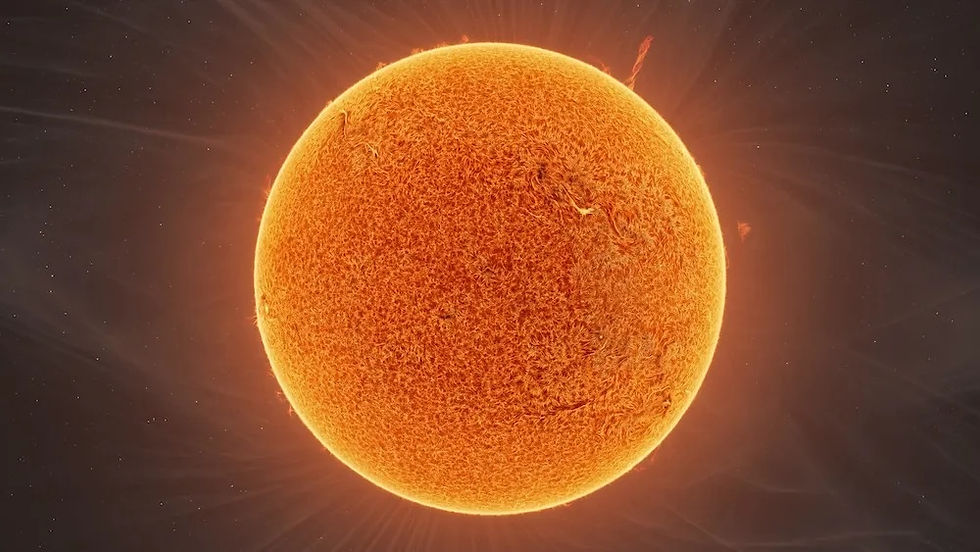Why Do Galaxies Have Spiral Arms?
- Max Nguyen
- Apr 29
- 1 min read

When you picture a galaxy, chances are you're imagining a majestic spiral: sweeping arms of stars, gas, and dust curving gracefully around a glowing center. The Milky Way, our own galactic home, is a classic example. But what causes this stunning spiral shape? Why don’t galaxies just look like big, blurry balls of stars?
The answer lies in a surprisingly elegant phenomenon called a density wave. Picture a traffic jam on a highway - not because cars are stopping, but because they’re bunching up temporarily before spreading out again. Spiral arms work in a similar way. They aren’t made of fixed stars stuck in place; instead, they’re regions where stars, gas, and dust become temporarily crowded together as they orbit the galactic center. Stars move in and out of these regions over time, like cars moving through a slow zone on the freeway.
These denser areas also trigger star formation, since gas clouds compress and collapse more easily there. That’s why spiral arms often look so bright and blue - they’re dotted with young, massive stars that burn hot and fast. Over time, the spiral structure persists because of gravitational effects and the motion of stars, even though individual stars are always shifting.
In short, spiral arms are like ripples in the galactic sea—patterns that emerge not from stillness, but from constant, graceful motion. They’re dynamic, evolving, and utterly beautiful: living proof that the universe doesn’t just work… it dances.



Comments